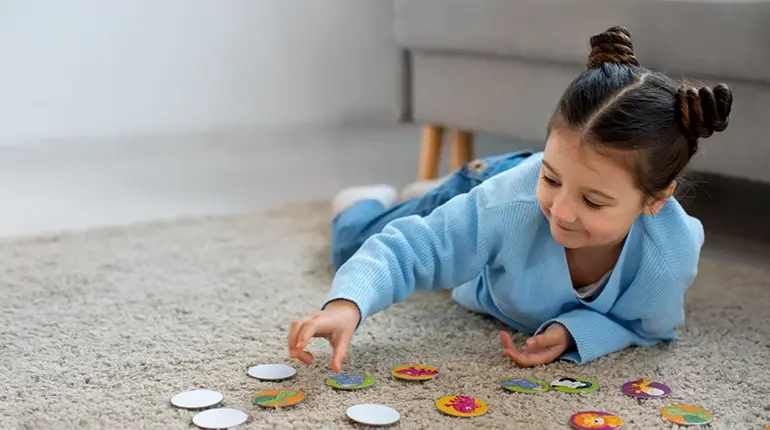How to Identify a Special Needs Child

Identifying a child with special needs can sometimes be challenging, but early recognition is crucial for providing appropriate support and interventions. While this article provides some general observations, it’s important to remember that every child develops at their own pace. If you have concerns about your child’s development, it’s essential to consult with a paediatrician or other qualified professionals for a comprehensive evaluation.
Common Signs and Characteristics:
Difficulties with Attention and Focus:
- Short attention span: Children may have trouble paying attention to details or sustaining focus on tasks, such as schoolwork or playtime. They may easily become distracted by noises, movement, or their own thoughts.
- Difficulty following instructions: They may struggle to understand or remember multi-step instructions, leading to incomplete tasks or frustration.
- Problems with organization: Children may have difficulty organizing tasks and activities, keeping track of belongings, and maintaining a structured schedule.
Challenges with Learning and Development:
- Learning difficulties: Children may experience significant challenges in acquiring, consolidating, and retrieving information. This can manifest as difficulties with reading, writing, math, or understanding abstract concepts.
- Delayed language development: Children may experience delays in speech and language development, such as difficulty communicating their needs, understanding complex sentences, or using appropriate vocabulary.
- Motor skill challenges: Children may exhibit delays in gross motor skills (such as running, jumping, and climbing) or fine motor skills (such as writing, drawing, and buttoning clothes).
Social and Emotional Challenges:
- Difficulties with social interaction: Children may struggle to interact with peers, make friends, or understand social cues. They may exhibit withdrawn behaviour, have difficulty initiating conversations, or engage in repetitive or unusual social behaviors.
- Emotional regulation challenges: Children may experience difficulty managing their emotions, such as anger, frustration, or anxiety. They may exhibit frequent tantrums, outbursts, or withdrawn behavior.
Sensory Processing Issues:
- Hypersensitivity: Overly sensitive to sensory input, such as loud noises, bright lights, certain textures, or strong smells. This can lead to anxiety, avoidance behaviours, and difficulty in everyday situations.
- Hyposensitivity: Under-responsive to sensory input. This can lead to excessive seeking of sensory experiences, such as jumping, crashing, or spinning.
Behavioural Challenges:
- Aggression: Hitting, biting, kicking, or throwing objects.
- Self-injurious behaviours: Head-banging, biting themselves, or pulling their hair.
- Property destruction: Damaging objects or property.
- Tantrums: Intense emotional outbursts, including screaming, crying, and throwing themselves on the floor.
Important Considerations:
- Early intervention is crucial: Early identification and intervention can significantly improve outcomes for children with special needs.
- Individualized support: Each child is unique, and their needs will vary. It is essential to develop an individualized plan that addresses their specific challenges and strengths.
- Multidisciplinary approach: A multidisciplinary team, including paediatricians, educators, therapists (such as speech-language therapists, occupational therapists, and physical therapists), and psychologists, can provide comprehensive support and guidance.
- Family involvement: Family involvement is crucial in supporting the child’s development and well-being.
NOTE: This information is for general knowledge and informational purposes only. If you have concerns about your child’s development, please consult with a qualified healthcare professional for a proper evaluation and diagnosis.
